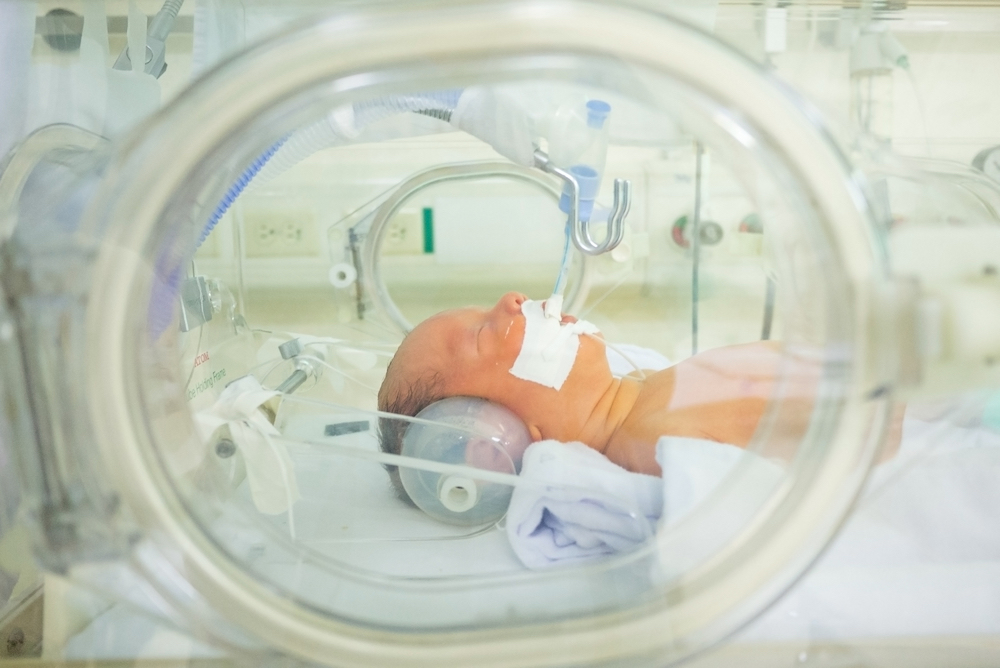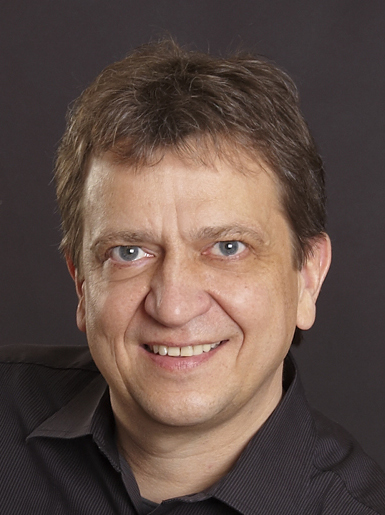Ventilators are not always lifesaving. During surgery, when a patient receives oxygen, breathing movements can increase the risk of accidental damage to delicate blood vessels. Today, medical technology experts from ACUTRONIC Medical Systems Germany have revolutionized ventilator options. With jet ventilation, the patient’s body is completely at rest because thoracic respiratory excursion is shut down, eliminating the risk of injury during surgery.

It is a parent’s nightmare: Their baby is born with a respiratory failure. This type of birth defect remains one of the most common and serious complications for newborns. To save such a newborn, a race against time begins, and every minute counts. The doctor’s every step has to be perfect.
Among newborns, respiratory tract defects remain unfortunately common, and they can require risky surgery. “Such procedures on infants are very dangerous since their airways are short and narrow. Their movements while breathing can make precise surgical procedures difficult,” explains Fatih Yüksel, Managing Director at ACUTRONIC Medical Systems Germany. The company, the global market leader, provides customers with ventilators using membrane, jet ventilation, and heart rate technology.

Managing Director of ACUTRONIC Medical Systems Deutschland GmbH
In order to decrease the risk to infants during surgery, ACUTRONIC has been conducting research in cooperation with ThoraTech GmbH and the TH Mittelhessen University of Applied Science, in Giessen, Germany (also known as the THM). Collectively, they are developing ventilation technologies that require a minimal amount of air force, in order to provide even the smallest of patients, like newborns, with oxygen. This all-but still flow of oxygen enables surgeons to work with increased precision and to decrease the risk of injuries from surgical instruments.
Gentle ventilation for newborns
During intubation, whether adult or infant, a patient’s head is overextended to form a straight line between mouth, throat and the respiratory tracts. A machine then proceeds to pump oxygen into the lungs. During endobronchial intubation, via the mouth, the doctor inserts the tube precisely into a lung. But typically the tube’s diameter measures between three and six millimeters, which is a size that interferes with surgery on infants. Jet ventilation is different. ”The tube measures only about two millimeters in diameter, which is barely perceptible“ explains Yüksel. This means that the infant patient can keep his/her nose and mouth open during surgery. ”Due to the circulation, we don’t have to build pressure in the lungs,“ explains Yüksel. And jet ventilation offers another advantage: ”Due to the patient’s lack of body movement, the method allows for more precise measurements,“ he adds.

Thora Tech: THM’s innovation partner
Thora Tech GmbH plans, designs and produces innovative medical devices and medical assemblies at the medical technology user center of the TH Mittelhessen University of Applied Science in Giessen. In addition to developing its own products and software solutions for medical applications, the company offers service and support for technical and regulatory requirements for new medical devices.
Flow instead of pressure: Jet ventilation protects the lungs
Jet ventilation is based on the Venturi effect: Within a tube, the velocity of flow is greatest where the tube’s cross-section is smallest. Jet ventilation, however, applies this principle to circulation. A machine pumps the compressed volume from the ventilator and fills the lungs with oxygen. Based on an infant’s vital signs during surgery, the neonatologist controls the artificial breaths. Their number may vary from 3 to 500 per minute; in comparison, an adult needs 150 breaths per minute. Since the airways remain unobstructed, the patient is able to keep his/her nose and mouth open. Ventilation sets in, and oxygen diffuses into the alveoli – the alveoles of the bronchi – while carbon dioxide is flushed out with every burst of air.
Since jet ventilation does not built pressure in the lungs, it is optimal for the fragile respiratory tracts of infants. In order to protect the lungs, the dosage of oxygen is adjusted to the patient’s lung volume. “Infants require the dispensation of smaller volumes. This is only possible through a special membrane technology,” says Yüksel. This technology consists of a membrane oscillating at a very high frequency in an air cell with low ventilation pressure, similar to a loudspeaker membrane. The volume is passed to the outside in a spiraling motion and spreads evenly along the entire respiratory tract.
Innovation of medical technology in the field of neonatology
This and other medical technological innovations have been developed in a network in Central Hessen. Since 2017, ACUTRONIC has been cooperating with the THM and the ThoraTech GmbH, a company from Giessen, Germany, that is responsible for the entire lifecycle of medical devices, including the general supply chain. The team consists of engineers, technicians and physicians and represents innovation in medical technology. Together, the duo of ACUTRONIC and ThoraTech has specialized on neonatology, high frequency and jet ventilation. The experts know each other well. ”Since our university studies, we’ve been unified by the wish to develop lifesaving technologies,“ relates Yüksel. But achieving clinical results with technologies like this can take decades. Testing on living persons is prohibited, and animal testing poses ethical and moral questions, making research difficult. The only way to test is through clinical data. Still, the successes and emotions from newborn wards motivate Fatih Yüksel’s team to continue their work. ”The research on new ventilation technologies for premature babies is a highly sensitive and emotional topic,” says Yüksel. And this topic affects parents and researchers alike. ”The only way to develop more effective devices and to help the people of tomorrow is to continue our research and meeting the regulatory requirements.“ For this managing director, progress in the technology and industry of neonatology is a matter of the heart: after all, newborns are not responsible for their health problems.
Company Profile
ACUTRONIC Medical Systems AG
ACUTRONIC Medical Systems AG produces and distributes ventilation and monitoring solutions for intensive care units. It is the leading manufacturer of ventilation technology in the fields of neonatology, pediatrics and jet ventilation.

